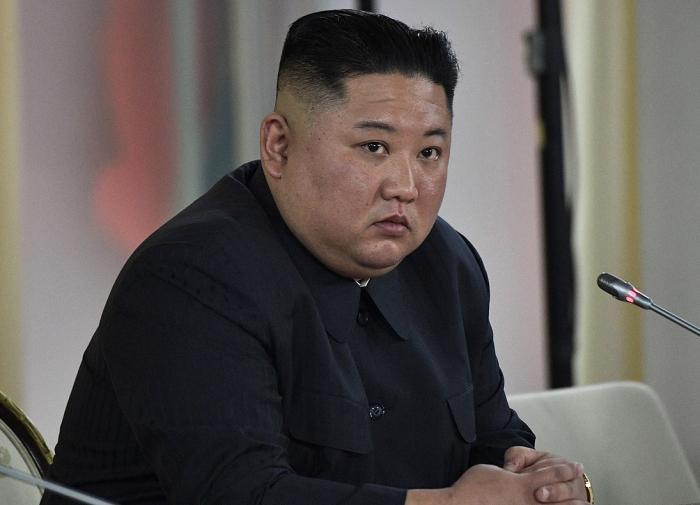North Korean KN-23 missiles in the Russian army: Rumours and reality
Reports about the alleged supplies of operational-tactical missile systems from North Korea to Russia have been circulating in foreign media for quite a while.

There were also reports about the combat use of such missiles, but the Russian authorities have never made any public announcements on the subject.
North Korean leader Kim Jong-un came to Moscow in late 2023. There is no doubt that Kim Jong-un and Vladimir Putin discussed various topics on the development of cooperation in different areas. There were not many reports about the meeting between the leaders, but Western media immediately produced their forecasts and rumours. Foreign journalists immediately assumed that Moscow was purchasing weapons of various types and classes from the DPRK.
Western journalists claimed that the Russian troops in Ukraine were experiencing shortages in their supplies, so the Kremlin was forced to replenish arsenals wherever possible. Such theses fit well into the "collective West” news agenda. Afterwards, foreign press said with reference to "unnamed sources” that Moscow and Pyongyang agreed on the transfer of ammunition and missile systems, such as, in particular, KN-23 and KN-24. The Russian authorities never commented on those speculations.
The Russian army and the Russian military-industrial complex are focused on covering all military needs on their own without buying weapons from foreign countries.
In the early days of 2024, the West raised this topic again and announced that the Russian army started using foreign missiles. In particular, US and Ukrainian officials said that the Russian Armed Forces used North Korea's KN-23 complex on the Zaporozhye front and then on the Ukrainian infrastructure in Kharkov. US intelligence reported that those missiles were flying at a range of over 450 kilometres.
Ukraine later published the first "evidence” — a photo of debris of an allegedly North Korean missile. Analysts claimed that the picture depicted a piece of the tail element of the KN-23 missile. The lower part of the missile body was compared with available photographs of the Russian Iskander and the Korean KN-23. Ukrainian analysts found similarities with the DPRK missile.
Today, foreign media still report that Russia continues to use North Korean operational-tactical missile systems. They say that KN-23s constantly hit various objects in Ukraine. At the same time, Kyiv downplays the results of their use.
The topic of missiles from "unreliable” countries in the Russian army continues to evolve. In early February, a British research centre published the results of its own analysis of a rocket that crashed in Kharkiv in January. The objectives of the study was to determine the characteristics of the missile complex.
According to the report, the KN-23 missile is produced with the use of elements from abroad. Almost 300 imported components from more than 25 manufacturers from around the world were found in the rocket debris. Tellingly, 75 percent of those manufacturers are US companies, while the rest are from Asia and Europe.
The British tried to find out how Western products found themselves in North Korea in the first place.
It just so happens that Pyongyang found ways to obtain dual-use imports despite all sanctions.
As for Russia's use of foreign missiles, Moscow and Pyongyang neither confirm nor deny this information. The Russian Ministry of Defence does not report the use of non-Russian tactical missile systems at all.
Nevertheless, the KN-23 missile could be useful to the Russian army in Ukraine. The KN-23 missile, or as Pyongyang officially calls it the Hwasong-11Ga, has high performance characteristics and is capable of hitting a fairly wide range of targets. For example, its targets include personnel in areas of concentration, missile systems, artillery and headquarters. In general, this weapon is capable of solving any combat mission.
Subscribe to Pravda.Ru Telegram channel, Facebook, RSS!


